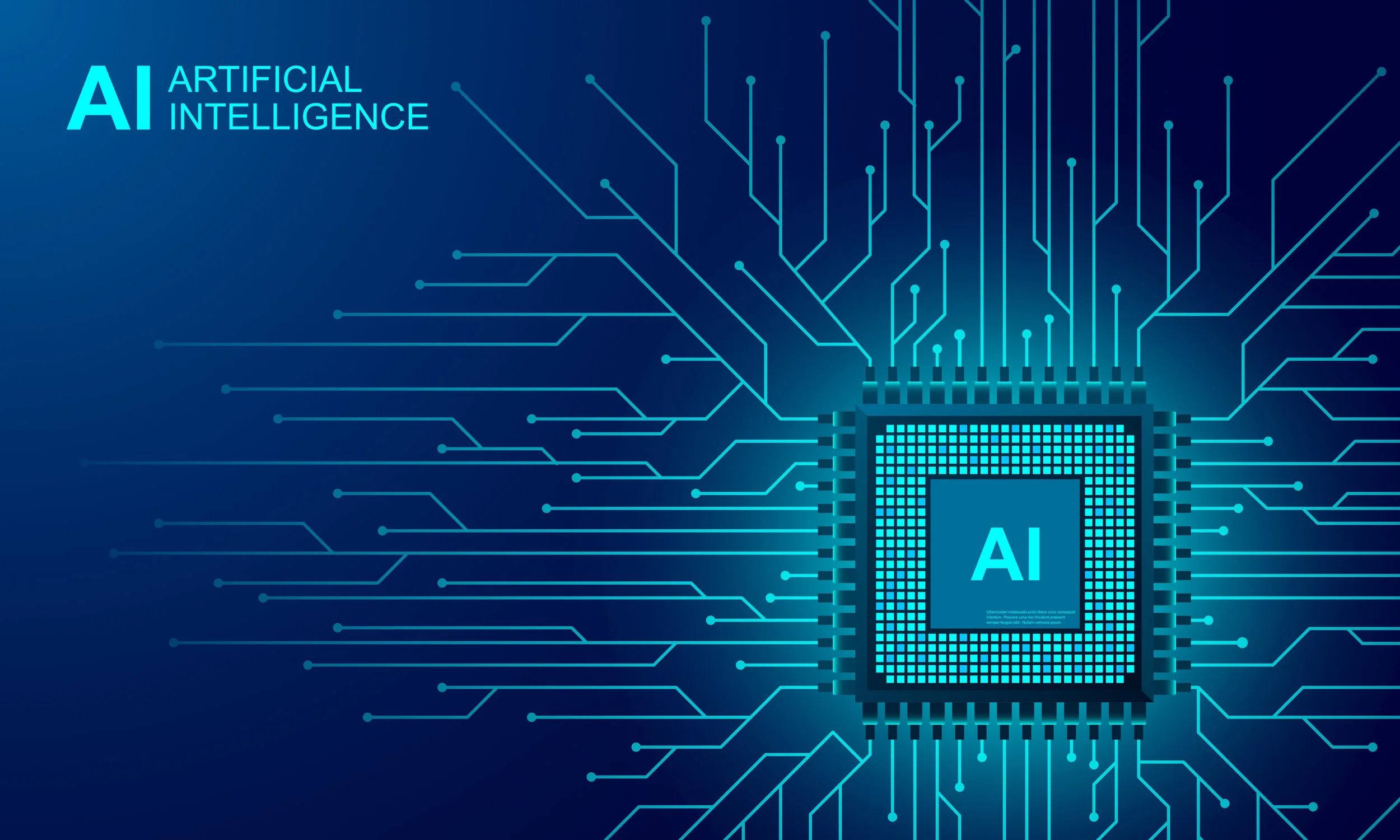The Rise of AI-Driven Banking
With advancements in AI, banks can transform their operations and improve customer experiences. Citigroup predicts AI will boost global banking profits by $2 trillion by 2028—a 9% increase. An AI-powered bank integrates machine learning, neural networks, natural language processing, and generative AI to operate effectively and responsibly. However, achieving this vision requires overcoming significant challenges, such as modernising outdated systems and developing robust governance structures.
Addressing Technical Debt
Long-standing tech debt has hindered many banks' digital transformation. Deloitte's 2024 survey found only a quarter of banks feel equipped to adopt generative AI. Modernising core systems and transitioning from legacy technologies are essential to realising AI's full potential in banking.
Balancing Traditional AI with Generative AI
Banks must harness both traditional and generative AI. While conventional AI improves efficiency and predicts customer needs, generative AI offers new possibilities in fraud detection and customer service. JPMorgan and BAC Community Bank have already seen improvements in user engagement and transaction completion rates through AI tools, highlighting the benefits of combining AI approaches.
Building Trust in AI
Trust is paramount in deploying AI responsibly. Risks include biased outcomes, lack of transparency, and privacy concerns. Banks can enhance trust by embedding secure frameworks throughout AI's life cycle and implementing cross-functional governance teams. Smaller banks can adopt cost-effective strategies, such as using small language models for specific tasks or joining consortiums to share resources.
Modernising Core Infrastructure and Cloud Integration
Legacy infrastructure remains a significant barrier to AI-driven transformation. Incremental modernisation strategies, like adding a service layer to existing systems, can bridge the gap while avoiding the high costs of complete replacements. Cloud migration is also crucial for scaling AI applications. FinOps frameworks help banks optimise cloud costs while balancing the benefits of public and private cloud options.
A Unified Data Strategy
AI requires robust data infrastructures, yet many banks need help with fragmented systems. Centralising data through cloud migration and using ETL (Extract, Transform, Load) processes can improve data accessibility and support AI integration.
Global Perspectives
Globally, banks are moving toward AI adoption at different rates. European regulations have driven digital transformation, while Asia-Pacific banks are gradually upgrading legacy systems. Regions that invest in modernisation could strengthen their competitive positions as AI adoption expands.
By addressing these modernisation challenges, banks can position themselves as leaders in the AI-powered financial landscape, providing faster, more personalised, and more efficient services.
Disclaimer: This information is for general knowledge and informational purposes only and does not constitute financial, investment, or other professional advice.

